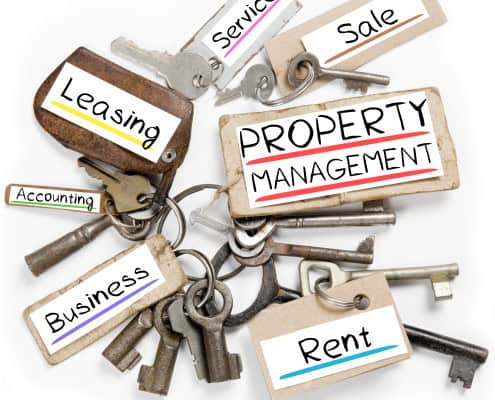If you have been listening to the news here in California, you’ve likely heard something about a drought. The fact is the state is at its driest since its top water priority was quenching the thirst of parched horses — or basically before officials started keeping water records.
The governor has asked all Californians to reduce their water usage by 15%. This is the third stage related to state water policy called “Water Supply Alert.” If we go to the next stage, called “Water Supply Allocation,” that would be the final stage, where everyone gets just one cup of water per day. Not really, but when this happens, the state will allocate water to all the wholesale and retail water utilities. To reduce usage by 15% or more, they will probably allocate water as well.
Will we reach Stage 4? Unless you see a long-haired guy building an ark, the likelihood is very high that we’ll lack the needed rainfall and snowpack to avert Stage 4 by spring. So, if the state then allocates water to the wholesale and retail water agencies that we all buy from, they will probably use tiered rate billing, where they set a baseline for your water usage set at some reduction number, likely in the 15% or 20% range. If you do not use less water than the baseline number, you will pay more for the usage above the baseline.
The “wasteful” rate tier is dramatically higher than the base rate. There are lots of variations of the tiered rate structure, but 75% of water agencies in California have a tiered rate structure ready to be implemented for such a water-shortage situation. With one large retail water agency in Orange County, the current rate is $2 per unit (unit = 748 gallons) but for the “wasteful” usage, you would pay over $13 per unit! So, if your water bill is typically $1,000 per month now, and 20% of your usage is in the wasteful tier, that $200 cost now becomes as much as $1,400 at the higher rate, and you would pay that every month until you reduce usage out of the wasteful tier.
Most residents or owners only worry about water shortages if they turn on the shower and only sand comes out. But these increased costs are obviously considerable, and meeting the challenge now is better than when exorbitant bills come in or when sand actually comes out of the shower. Unfortunately, you can ask your residents to take shorter showers and only flush their toilets twice a day, but that’s not likely a successful conservation strategy. The modification needed is most easily accomplished from technology changes at most properties — by changing existing plumbing devices to new ones that use less water.
Which devices in apartments use water and how much? Here are average percentages of total usage: Toilets, 30%; showerheads, 20%; sinks, 20%; and leaks, 12%.
So, replacing some of these devices could reduce water usage by 20% or more. These devices all cost money, so there’ll be some capital outlay. Typically, though, all these retrofits have paybacks of one to two years, so they meet the needs of the day while saves you money, increasing the value of your property and upgrading its apartments, which residents always appreciate.
If you still have pre-1994 installed toilets that use 3.5 gallons or more per flush, replacing these will probably achieve 20% or more overall savings. But if you have 1.6-gallon flush toilets or less, than replacing the toilets will not save nearly enough to get to the 20% number.
Replacing showerheads and aerators can cut water usage in the shower by half. Since these items account for 40% of overall water usage, swapping them out can bring overall usage down by as much as 20%.
Lastly, there are technologies that retrofit existing toilets with a new type of flush-valve system. In short, the system does not allow toilets to leak or flood, so they reduce flood-caused catastrophes. These devices will achieve 10% overall savings or more.
So, the above “mix” of retrofits can help an owner meet the usage demands that are coming and save lots of money, too.
But even better than these simple solutions for meeting water allocations in Stage 4, utilities across the state have various rebates, incentives, and finance programs that can offset a portion — if not all — of your costs. Many water-utility programs are already in place, and more programs are in the pipeline to meet California’s water-shortage challenges.
In Southern California, MWD (Metropolitan Water District) provides water to almost 20 million residents from Ventura County to San Diego County and most places in-between. MWD has various rebates and incentives for reducing water usage; learn more at www.socalwatersmart.com. And throughout the region, other retail or wholesale agencies that receive water from MWD often add rebates or incentives to the standard MWD rebates.
In Northern and Central California, water agencies offer various rebates and programs with funding for basic plumbing. Some areas also offer water-bill financing, allowing retrofits with no upfront cost and to be paid as a surcharge on the water bill.
Regardless of your property’s location, if you want to meet the expected Stage 4 allocation requirements, know that you have simple solutions, and in many cases, financial help from the utilities. Check your local water utility website for what they can offer you. The drought IS here.
Rob Edelstein is CEO of Bottom Line Utility Solutions, Inc. BLUS has been providing water and energy saving retrofits for multifamily sites for over 20 years and works with water agencies across the state. Contact Rob at rob@blusinc.com or 949-707-1311, ext. 109.

